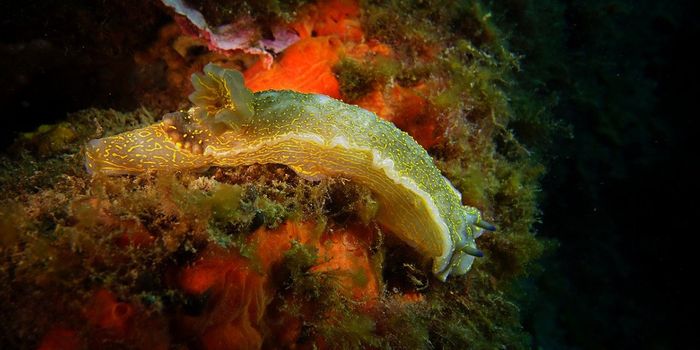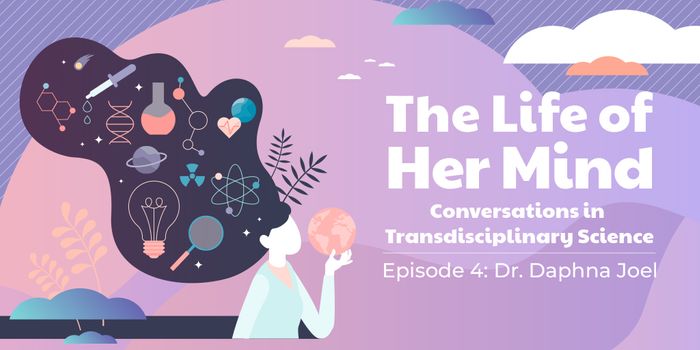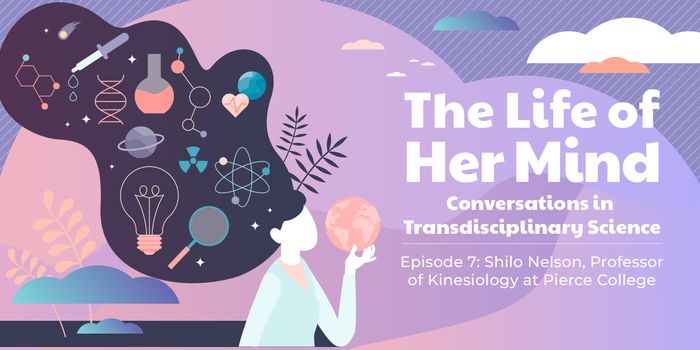We need no formal reminder of the inevitable ageing process - a quick glance at the skin of a young child and the skin of an adult is enough. But while the ageing process is intuitive, what goes on inside the cells may not be. Furthermore, if we understand what it means for cells to age, we may be able to halt, or at least slow down, ageing.
Cells "age" when they divide and replicate. This process often incurs mutations in the cells' DNA, which then causes the cells to die or grow abnormally. Our ageing skin and graying hair is a reflection of these molecular changes.
But one way scientists are targeting ageing is with the chromosome's end caps, also known as the telomeres. These structures protect the chromosomes from shortening with each successive replication cycle. When chromosomes become too short, the cells die. Thus, if scientists can find ways to preserve the telomeres, cells need not die so soon due to shortening of the chromosomes. But of course, this is easier to hypothesize than to actually realize in the lab. Watch the video to find out other ways in which scientists are hoping to preserve our youth.








